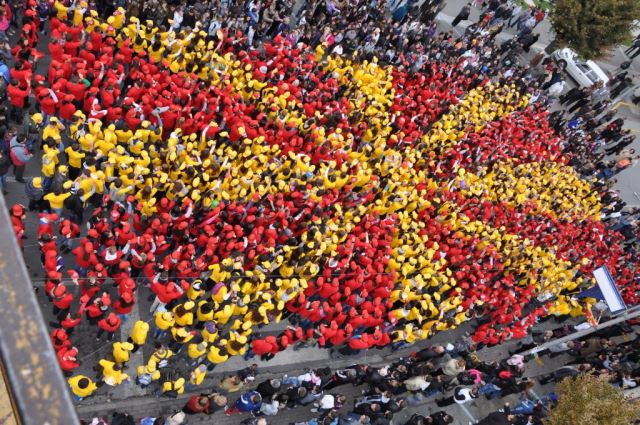Thirty-two years ago on this date over 95% of the Macedonian citizens decided on a referendum to declare the independent and sovereign Republic of Macedonia.
Previously, on January 25, 1991, the first multiparty Macedonian Parliament adopted the Declaration of Independence, and two days later the MPs elected Kiro Gligorov as the first President of the Republic of Macedonia. Other important steps in establishing Macedonia’s independence were the adoption of the new Constitution on November 17, 1991, the monetary independence and the introduction of the Macedonian Denar on April 26, 1992, and the formation of the Macedonian armed forces.
The international legal status of the country was definitely established on April 8, 1993, when the country was accepted with acclamation as the 181st member of the United Nations. Due to the resistance and pressure from Greece, which didn’t accept Macedonia’s constitutional name, Macedonia was accepted by the UN under the reference “Former Yugoslav Republic of Macedonia”.

Throughout its 32-year-long existence, Macedonia survived a number of problems and hardships. The three-digit inflation through the 1990s, the Greek trade embargo, the Kosovo refugee crisis, and the conflict of 2001 were real challenges and threats to the fledgling Macedonian state that drastically delayed its progress.
On June 17, 2018, the so-called “Prespa Agreement” between Macedonia and Greece, the name was changed to “North Macedonia”. On March 29, 2020, Macedonia became the 30th NATO member.
Despite being an EU membership candidate country for 18 years, and with the first recommendation to start the EU negotiations in 2009, the country now faces a blockade from Bulgaria, which also demands amendments to the Constitution and acceptance of their version of the Macedonian history and national identity.
The country celebrates its 32nd birthday with an unemployment rate of 13.1%, GDP growth of 2.5%, less than €600 average salary, and inflation of 8.3%





Comments are closed for this post.